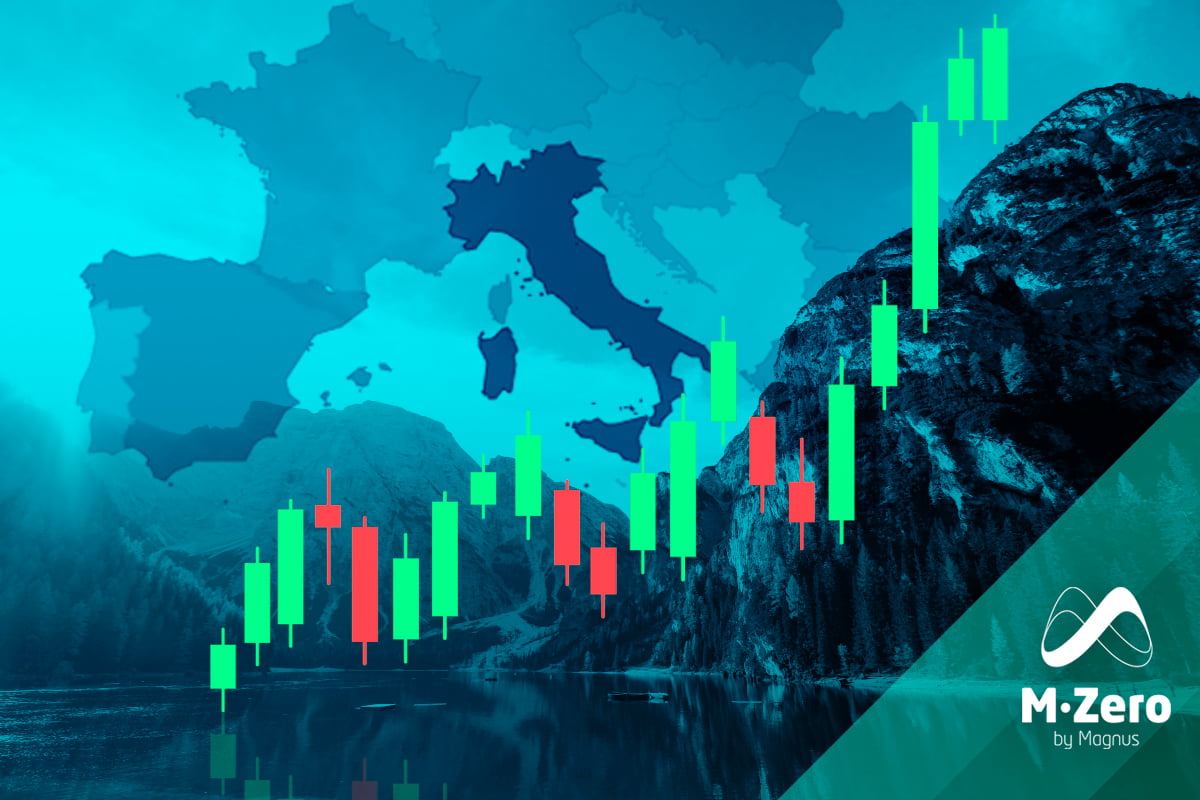
In recent years, the European Union has shown a strong commitment to sustainability by launching its strategy to become a climate-neutral society by 2050, known as the European Green Deal. The Green Deal consists of a package of policies and laws aimed at improving sustainability in environmental, social and governance (ESG) aspects.
Two of these directives are the Corporate Sustainability Reporting Directive (CSRD) and the Corporate Sustainability Due Diligence Directive (CSDDDD also called CS3D). With the entry into force of these directives, companies no longer have the option to choose which sustainability information they wish to share. And the two are closely interrelated and complement each other.
Human rights due diligence remains a novel concept, and its manifestation as a binding legal principle that can give rise to civil liabilities and administrative sanctions even more so.
The objectives
CS3D – Approach: Due Diligence
The aim of the CS3D Directive is to hold companies accountable for the negative impacts of their activities. It establishes a uniform standard that binds companies, both within and outside the EU, by requiring companies to identify and address adverse impacts on human rights (e.g. child labor and worker exploitation) and the environment (e.g. pollution and biodiversity loss) arising from their own activities, their subsidiaries, and their global value chains.
CSRD – Approach: Reporting
The aim is to improve and broaden sustainability reporting among companies operating in the EU. Under the CSRD’s more comprehensive framework, companies need to disclose their social and environmental impacts by following the EU sustainability standards with heavy auditing to ensure credibility. The CSRD was formally adopted in 2023, and large in-scope companies are required to submit their first reports by January 2025.
Differences between CS3D and CSRD
CS3D:
- Mandatory due diligence: The CSDDD sets out required due diligence steps that companies must take. Companies covered by this directive are legally obliged to investigate and address how their operations and supply chains impact the environment and human rights.
- Global application: This directive doesn’t stop at the borders of the European Union; it applies to both EU and non-EU companies. It covers their actions not just in Europe but also wherever they operate and source globally.
- Reducing negative effects: The main goal of the CSDDD is to make sure that companies take real actions to reduce or stop any harmful effects their activities might have on the environment and human rights.
CSRD:
- Reporting framework: The CSRD establishes reporting guidelines on how companies should communicate information on their sustainability effort and practices. These guidelines are set out in the European Sustainability Reporting Standards (ESRS).
- EU-centric: The CSRD is designed for companies within the EU.
- Transparency and disclosure: The main goal of CSRD is to ensure consistent and comparable reporting of ESG performance. It’s about giving stakeholders a complete and easily understandable view of a company’s sustainability performance.
Higher thresholds and delayed entry into force
After weeks of delays, the European Council has approved the CS3D on 15 March, however, to reach an agreement, the final directive is significantly watered down from the initial proposal. A move that will frustrate sustainability advocates. It is expected that the week of 25 April 2024, the Directive will be put to a vote in the European Parliament.
National legislative procedures will then begin. Member States will have two years to transpose the Directive into national law, which is likely to be in 2026.
Upper threshold: Companies with 1,000 employees and a turnover of EUR 450 million are included in the scope. This is a significant increase from the scope agreed in December 2023 of 500 employees and a turnover of EUR 150 million. In addition, the concept of high-risk sectors with lower thresholds has been completely abandoned.
Entry into force: The Directive will enter into force in three different phases:
- in three years for companies with 5,000 employees and a turnover of EUR 1.5 billion turnover.
- in four years for companies with 3,000 employees and EUR 900 million turnover.
- in five years for companies with 1,000 employees and a turnover of 440 million turnover.
Following the political agreement of 15 March, the latest version of the text reduces the initially envisaged scope of application by 70% to around 0.05% of all EU companies (5,400 large companies). However, large companies will cascade the requirements to their partners and suppliers, so indirectly this Directive will affect many more companies across the region and in global value chains.
Several injunctions are included for companies that fail to pay fines imposed in case of infringements. In addition, the turnover of the company is considered when imposing financial penalties (i.e. a minimum maximum of 5% of the company’s net turnover).
And companies will be obliged to undertake meaningful engagement, including dialogue and consultation with affected stakeholders. In addition, the agreement states that compliance with CS3D could qualify as a criterion for the award of public contracts and concessions.
Indirect effect on SMEs
A micro, small or a medium-sized undertaking, irrespective of its legal form, and that is not part of a large group is not in scope. However, when the SME has either a commercial agreement related to the operations, products, or services of the company in scope or performs business operations related to such operations, products or services, it is affected by the CSDDD. In that case, the company should offer appropriate support to an SME partner, considering its resources and constraints. This may include capacity-building, training, or financial assistance, especially if compliance with the code of conduct or prevention plan would threaten the SME’s viability. Important obligations
Important obligations
Focusing on the recent last-minute amendments to the final compromise, comments so far have paid less attention to the fact that far-reaching elements of the original proposal have survived.
- Extraterritorial application: Despite strong criticism in the US and China, key trading partners of the EU, the Directive continues to apply to large companies from outside the EU that have a net turnover of more than €450 million within the EU.
- Decarbonization Plans: In-scope companies remain obliged to adopt and implement a climate change mitigation transition plan. Such a plan must aim to ensure that the company’s business model and strategy are compatible with limiting global warming to 1.5°C, in line with the Paris Agreement, and the goal of achieving climate neutrality in the European Climate Law – EU 2021/1119. The Climate Transition Plan should include:
- Time-bound targets related to climate change by 2030.
- 5-year steps to achieve neutrality by 2050 based on conclusive scientific evidence
- Where appropriate, absolute GHG emission reduction targets (Scope 1-3)
- Description of the decarbonized levers identified and key actions to achieve targets
- Explanation and quantification of the investments and financing supporting the implementation of the transition plan
- Description of climate governance, alignment with corporate strategy.
- The climate transition plan should be reviewed every 12 months, and the company should report on progress.
In short, the CSDDD requires companies to take environmental and social responsibility, while the CSRD ensures European companies are transparent about it. The intention is for companies to apply them together (if they fall under both directives).
Think of the CSDDD as a toolkit for companies. It not only helps them fulfill their environmental and human rights duties, but also fits together with what CSRD asks for in sustainability reporting. This connection lets companies show the full picture of how they’re being sustainable and responsible in their company.
The necessary transformation of the economy and society towards a more sustainable, just, inclusive, and resilient world lies in a change of consciousness, in a defined purpose that is measured, with short-, medium- and long-term plan and targets, as well as consistent disclosure of globally standardized data by sector and aligned to the global targets of the #Agenda2030 and #ParisAgreements.
If you found it interesting, please share it!
Recent Articles


































